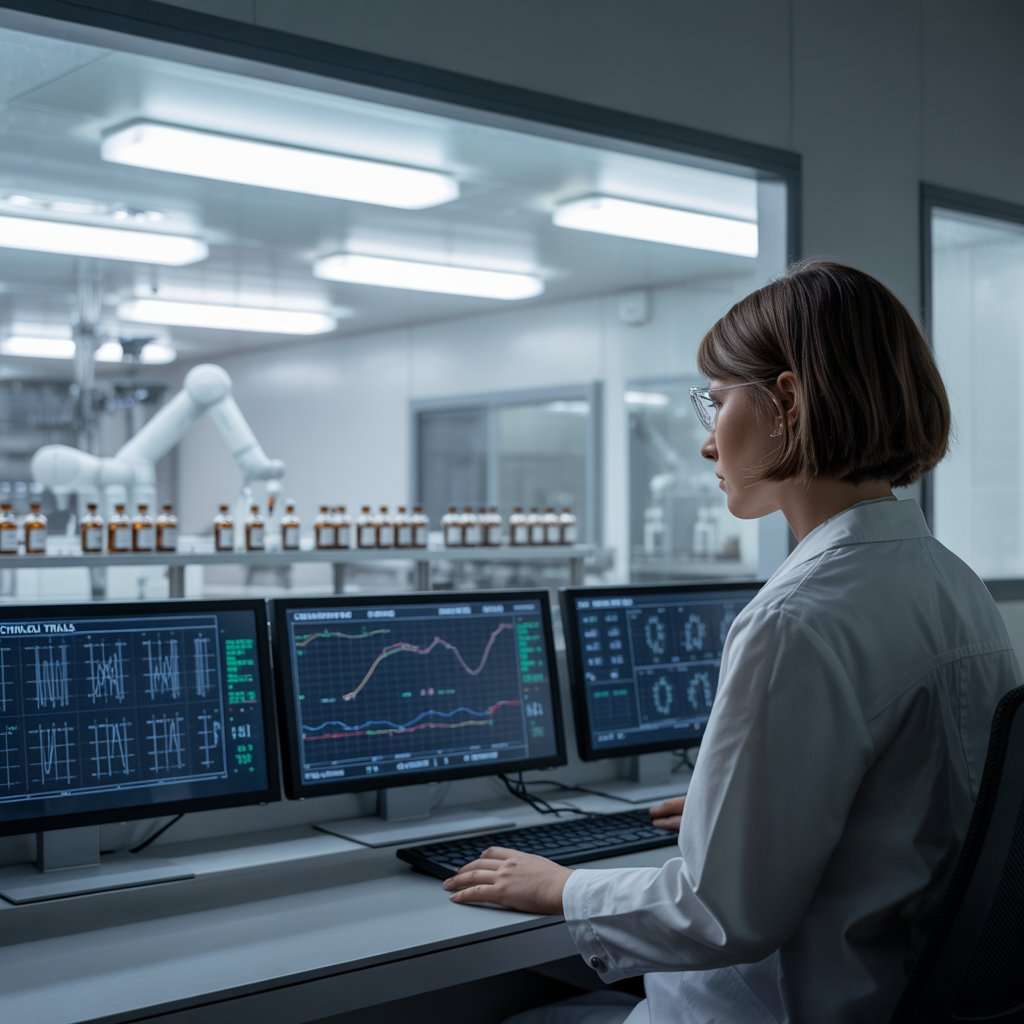Why This Topic Matters
Designing a pharmaceutical facility is more than just laying out equipment and cleanrooms. It’s about building a space that ensures product safety, regulatory compliance, operational efficiency, and future scalability. Whether you’re launching a new facility or upgrading an old one, making the right design decisions early can save time, money, and regulatory headaches down the line.
This post will walk you through the essential elements of pharmaceutical facility design—explaining the role of pharmaceutical consultants, key engineering services, and why design directly impacts quality and compliance. If you’re searching for pharma regulatory consultants, manufacturing experts, or the top pharmaceutical consultant firms, this guide is tailored for you.
1. What Is Pharmaceutical Facility Design?
Pharmaceutical facility design refers to the structured planning and construction of spaces where drugs are manufactured, packaged, and stored. The process must meet Good Manufacturing Practice (GMP) guidelines to ensure drug safety and efficacy.
Main goals of good facility design include:
- Ensuring consistent product quality
- Minimizing contamination risks
- Supporting efficient workflows
- Meeting global regulatory requirements
2. Why Hiring Pharmaceutical Consultants Matters
Trying to design a facility without the right expertise is like trying to build a plane without engineers. Pharmaceutical consultants bring in-depth knowledge of regulations, processes, and best practices.
How They Help:
- Guide layout decisions based on GMP guidelines
- Oversee cleanroom design and HVAC systems
- Help prepare for regulatory inspections
- Ensure documentation meets FDA, EMA, WHO, or local requirements
- Provide validation protocols and risk assessments
3. Core Elements of a Compliant Pharmaceutical Facility
a. Layout and Flow Planning
The way materials, personnel, and waste move through a facility can either prevent or promote contamination.
✅ Unidirectional flow: Personnel and materials move in one direction to avoid cross-contamination.
✅ Dedicated areas: Separate rooms for raw materials, processing, packaging, and storage.
✅ Zoning: Clean and dirty zones must be clearly divided.
Tip: Sketch the flow on paper before finalizing design plans. It’s easier to fix ideas on paper than in concrete.
b. Cleanroom Design and Environmental Controls
Cleanrooms are controlled environments that reduce airborne particles and ensure sterility where needed.
HEPA filters for air purification
Controlled temperature, humidity, and pressure
Smooth, non-shedding surfaces
Proper gowning rooms for personnel
This is where pharmaceutical engineering services shine—designing cleanrooms that meet ISO standards (like ISO 14644-1) and FDA expectations.
c. Utility Systems and Equipment Integration
Your facility must support systems like:
- HVAC (for air cleanliness and pressure control)
- Water systems (for purified water, WFI, etc.)
- CIP/SIP systems (Cleaning/Sterilization in Place)
- Compressed air and steam utilities
- Electrical and automation systems
4. Regulatory Readiness: Avoid Costly Mistakes
Even if your products are perfect, failing a regulatory audit due to design flaws can shut down production.
Common Mistakes to Avoid:
🚫 Inadequate documentation
🚫 Poor material/personnel segregation
🚫 Non-compliant finishes or materials
🚫 Poor HVAC validation
🚫 Missing or misused change control procedures
Pharma regulatory consultants can help you:
- Prepare Standard Operating Procedures (SOPs)
- Validate your cleanrooms and systems
- Conduct internal audit
- Set up CAPA (Corrective and Preventive Action) systems
5. Building for the Future: Smart, Scalable Design
Your first facility layout may not be your last. Markets shift. Product lines expand. Technologies improve. That’s why future-proofing matters.
Choose modular layouts that allow easy room expansion
Design utilities to support higher capacities later
Use flexible automation and digital systems
Allocate space for potential R&D, quality labs, or new lines
Pharma consultancy experts can forecast future regulatory and business needs and help you adapt in advance.
6. Cost Considerations: Where to Spend and Save
Every decision affects your bottom line. Spend wisely on:
- High-efficiency HVAC systems (long-term energy savings)
- Validated automation to reduce manual errors
- Good quality finishes that are easier to clean and maintain
- Experienced consultants who help you avoid costly redesigns
Where you can save:
- Use pre-engineered cleanroom modules
- Lease vs. build (in early growth stages)
- Outsource non-core functions initially
FAQs: Answers to Common Questions
Q1: How much does it cost to build a pharmaceutical facility?
Costs vary widely, but a small GMP-compliant plant may start at $5M–$10M. Design complexity, size, and automation affect costs.
Q2: What are the cleanroom classifications?
Cleanrooms are classified by ISO standards, e.g., ISO Class 5 (very clean) to ISO Class 8. The classification you need depends on your product type.
Q3: How long does facility design and construction take?
From planning to validation, it usually takes 12–24 months. Timelines vary based on scope, approvals, and contractor availability.
Q4: Is it better to build a new facility or retrofit an existing one?
Retrofitting is faster and cheaper but may limit flexibility. New builds offer tailored design but take longer and cost more.
Q5: What’s the role of pharma consultants after the design is done?
They help with validation, staff training, SOPs, and support during regulatory audits.
Conclusion: Start with the Right Team
Designing a pharmaceutical facility is a complex but rewarding journey. With the right guidance from pharmaceutical consultants and engineering experts, your facility can meet compliance, operate efficiently, and scale for the future.
📞 Need help planning your facility? Contact our pharma manufacturing consultants today to schedule a free consultation.

